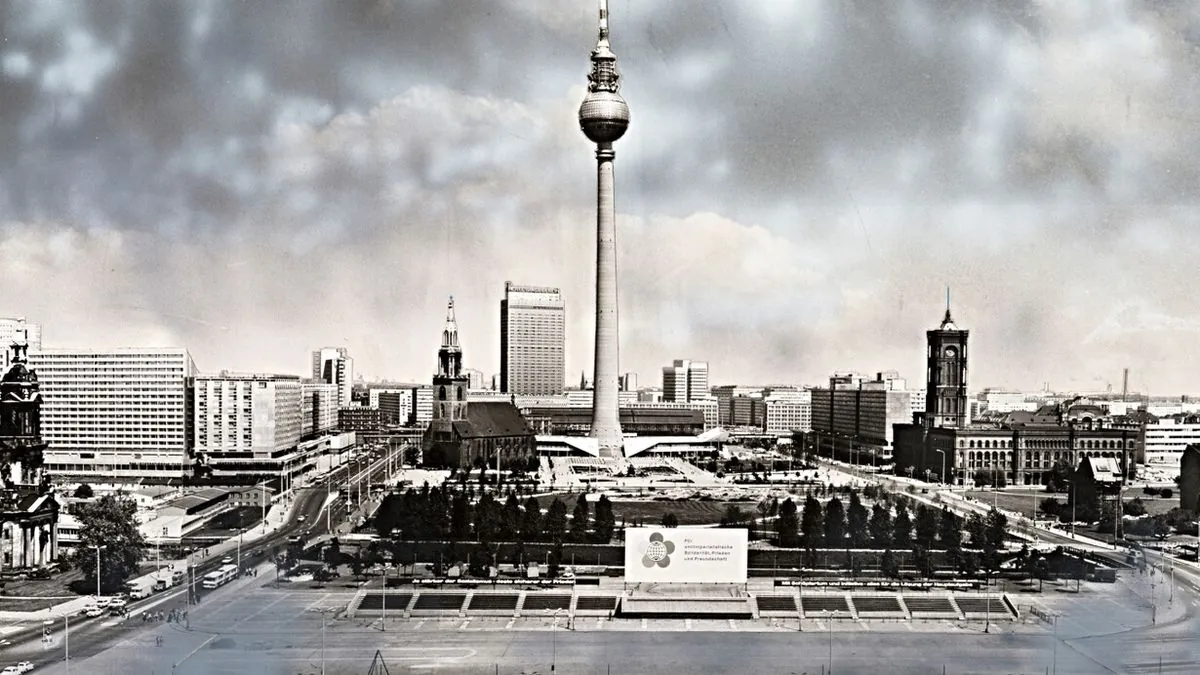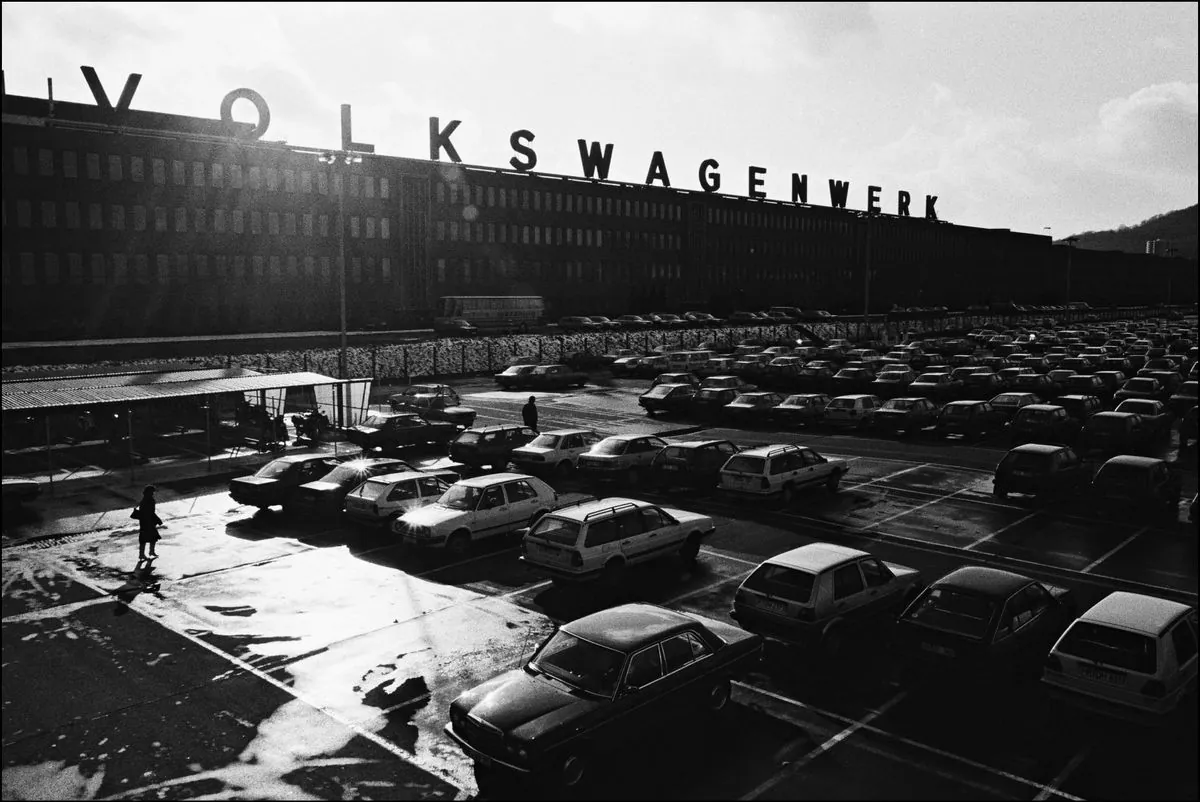East German Economic Progress Overshadowed by Persistent Pessimism
Despite economic gains in East Germany, anti-establishment sentiment rises ahead of state elections. Demographic shifts and lingering disparities fuel voter discontent, challenging mainstream parties' narratives.

In the lead-up to crucial state elections in eastern Germany, scheduled for September 1, 2024, a paradox has emerged: while economic indicators show significant progress, public sentiment remains stubbornly pessimistic. This disconnect is fueling the rise of anti-establishment parties, posing a challenge to mainstream political forces.
Recent data reveals that eastern Germany has made substantial strides in narrowing the economic gap with its western counterpart. Between 2014 and 2022, average monthly wages in the east increased by €735, outpacing the €585 growth in the west. However, the median gross pay in the east, at €3,013 per month, still lags behind the western figure of €3,655.

Unemployment trends also paint a complex picture. While the jobless rate in eastern Germany has decreased by 1.7 percentage points since 2013, it remains higher at 7.8% compared to 5.1% in the west. This improvement, however, has done little to alleviate the sense of economic stagnation felt by many east Germans.
Holger Schmieding, chief economist at Berenberg, notes, "This old story that eastern Germany is economically much worse off than West Germany is to a significant extent outdated." Yet, this narrative persists in public perception.
The roots of this pessimism can be traced back to the post-reunification era. Since 1990, when Germany reunified after the fall of the Berlin Wall, the population in eastern Germany has shrunk by 15% to 12.6 million, while western Germany saw a 10% increase to 68 million. This demographic shift has had profound implications for public services and community vitality.
"There are too few teachers at schools, problems with doctors. I think a lot of people worry that they won't be looked after and they get the feeling that they've just been left behind."
The aging population in the east further compounds these challenges. The proportion of residents under 20 years old in eastern Germany dropped from 25% to 18% between 1990 and 2022, compared to a milder decline from 21% to 19% in the west.
Immigration has become a contentious issue, despite foreigners comprising only 7.9% of eastern Germany's population, less than half the rate in the west. Anti-establishment parties like the AfD and BSW have capitalized on these concerns, advocating for policies that economists warn could exacerbate labor shortages.
Marcel Fratzscher, president of the DIW economic institute, attributes the strength of these parties to demographics: "Where young, well-qualified people migrate, schools and hospitals close, and the vote share for AfD and BSW is much higher."
As the elections approach, mainstream parties face the challenge of addressing these deep-seated concerns while promoting the region's economic progress. The outcome may have significant implications for Germany's political landscape and economic policies in the years to come.


































